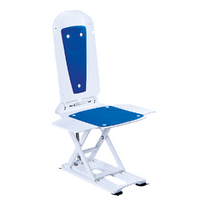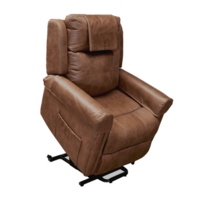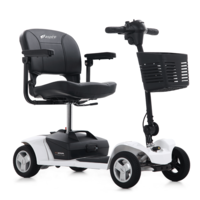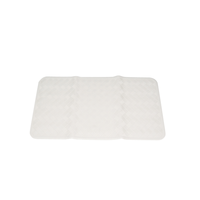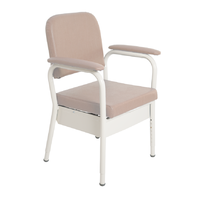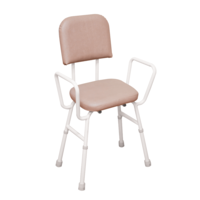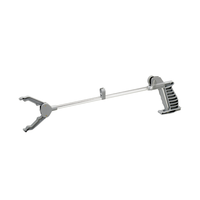Types of walking aids
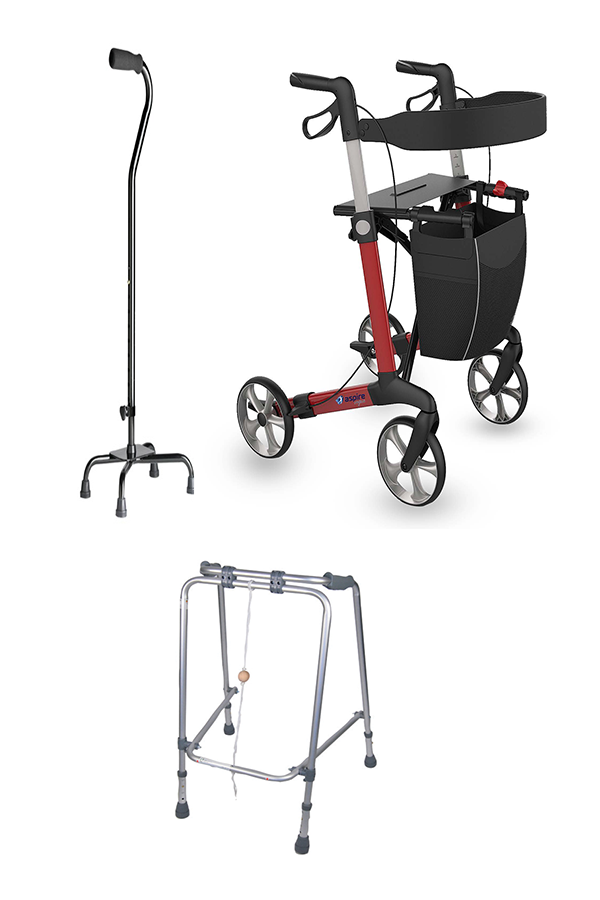
There are many different types of walking aids with each one designed to assist with a broad range of mobility issues and overall concerns. The different types of walking aids include walking sticks and canes, crutches, rollators and walking frames.
Below you’ll find information on the different types of walking aids.
Walking sticks and canes
Walking sticks and canes are the simplest type of mobility aid, offering a low level of support. They are designed for independent walkers who need a bit of extra confidence to tackle steps and uneven surfaces.
These are usually made of a lightweight aluminium, making them easy to carry and use. Walking sticks usually feature a moulded hand grip for comfort, along with a rubber tip for additional support.
Walking canes are available in a range of styles, include a simple straight walking stick or a curved neck design. The options also include a four-footed walking stick that provides increased stability and weight distribution.
Crutches
One of the most common types of walking aids, crutches are designed to provide stability and remove weight bearing from the legs. They are suitable for both short-term and long-term use by people who cannot place the full weight of their body on one or both legs.
Crutches are usually made from lightweight aluminium, although wood is sometimes also used, particularly when needed only for a short amount of time.
Underarm crutches are used as a pair and are placed under the arms to support the full body. These are typically used while recovering from knee or ankle surgery, or to recover after an injury.
Forearm crutches may be used in pairs or individually to provide additional stability. As they tend to cater to a greater variety of walking styles, they are usually given to younger patients or for long-term use. The style of forearm crutches distributes weight more evenly across the upper body and forearms, and avoids the rubbing that can come from underarm crutches.
Both styles of crutches require decent upper body strength and good coordination.
Rollators
A rollator is a type of walking frame that features wheels and a braking system. Because of its wheels, it is very manoeuvrable and is best for people who are able to walk but need help with balance and stability. Unlike a traditional walking frame, a rollator does not need to be lifted to move forward, which can help to conserve energy.
Rollators come in three-wheel and four-wheel styles, with the front wheels (or wheel) being on a swivel castor to help with turning. They come in a range of styles to suit the user, with many featuring a padded seat for resting, or a basket to help with carrying items.
Because of their lightweight design and wheels, someone using a rollator needs less upper body strength and stability. However, it’s important that they still have the strength required to activate the brake and the confidence to control a rollator in motion.
Walking frames
Walking frames offer sturdy, reliable stability for people who have difficulty walking. A standard walking frame features a simple, lightweight frame with four legs to provide support on flat surfaces.
To use a walking frame, you pick up the walker and move forward one step at a time. For this reason, the person using a walking frame must have enough arm strength to lift up the frame. This also can make it tiring to use for long periods or when navigating uneven surfaces.

















